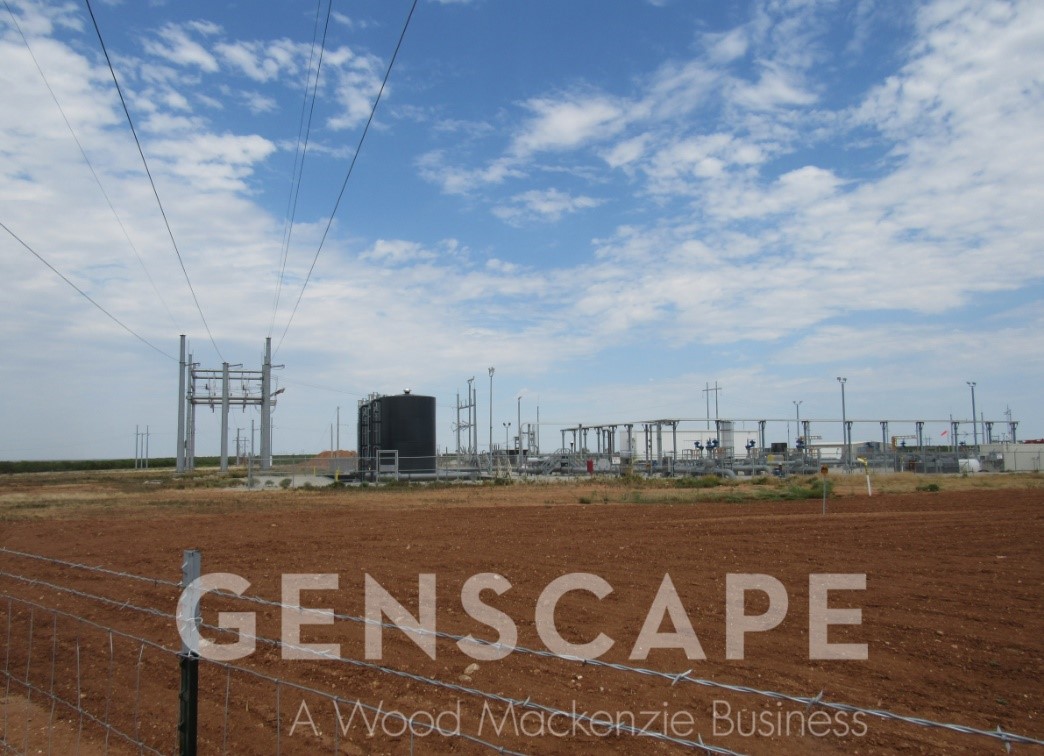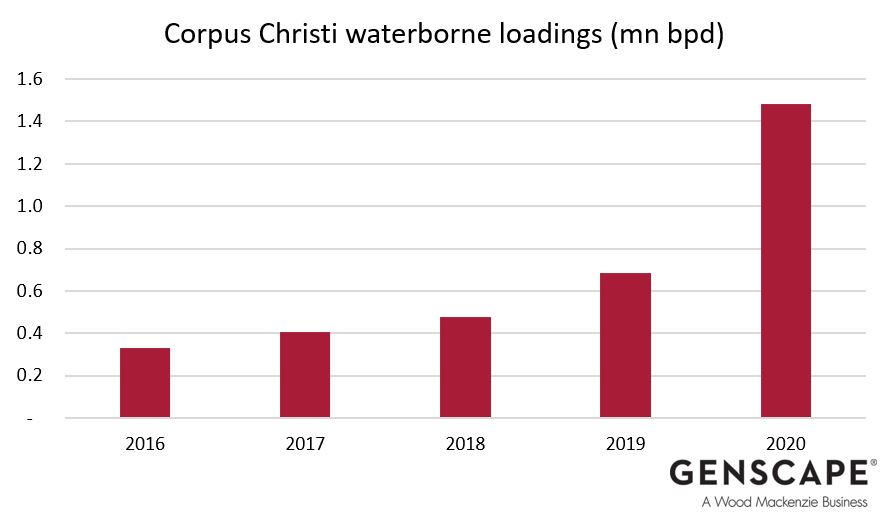Discuss your challenges with our solutions experts
Breaking the Permian bottleneck: overcoming and overcorrecting
1 minute read
Dylan White
Principal Analyst, North American Crude Markets

Dylan White
Principal Analyst, North American Crude Markets
Dylan leverages cutting-edge data to offer real-time insight into the oil industry.
Latest articles by Dylan
-
Opinion
Price swings ripple through North American oil markets
-
Opinion
Reduced flow on several US-bound Canadian pipelines following introduction of tariffs
-
Opinion
7 questions about Trump tariffs and their impact on the North American oil market answered
-
Opinion
ARA Gasoil Inventories
-
Opinion
Big in Japan? The impact of Typhoon Shanshan on oil
-
Opinion
TMX: first insights
Pipeline capacity out of West Texas increased nearly 4mn bpd to 6.498mn bpd between September 2017 and September 2020, driven by new pipelines and capacity expansions to existing lines. More than 2mn bpd of that increase took place in H2 2019 as three major West Texas-to-Gulf Coast trunk lines commenced operation:
- Phillips 66's 900,000 bpd Gray Oak pipeline
- Plains All American’s 585,000 bpd Cactus II pipeline
- Crude service along EPIC's 400,000 bpd NGL pipeline (which was later expanded to 600,000 bpd on the crude-dedicated line by March 2020), according to our Gulf Coast Pipeline Service
The sharp uptick in takeaway capacity in 2019 marked the end of a persistent bottleneck that restricted flows out of West Texas. In 2018 and 2019, Permian production surpassed outbound pipeline capacity, leading to full pipelines and storage builds in West Texas.
In 2020, Permian producers curtailed output as the coronavirus pandemic led to lower crude prices.Lower supply, combined with the steep increase in takeaway capacity, led to underutilized pipelines. Utilization on our monitored pipelines out of West Texas averaged 58% in 2020 through mid-September, compared to 93% in 2019 and 95% in 2018.
This rapid switch from bottleneck to overbuild has far-reaching implications on future pipeline projects, storage inventories, export volumes and transportation economics.
To build or not to build
Multiple pipeline projects were planned to further expand takeaway capacity from West Texas in 2020 and beyond. But the need for additional capacity is now questionable, with plenty of available space on existing pipelines. This confronts companies with a decision: to cancel planned projects or forge ahead.
Enterprise canceled their planned 450,000 bpd Midland, TX, to ECHO 4 pipeline, according to a September 9 company release. Enterprise’s release stated, "[Enterprise] today announced that it and certain of its customers have amended agreements that provide Enterprise the ability to use the partnership’s existing pipelines to support its crude oil transportation agreements and to cancel [Midland-to-ECHO 4]. Generally, the amendments provide for the reduction of near-term volume commitments in exchange for extending the term of the agreements."
The announcement also came as Enterprise's 36-inch Midland to ECHO 3 pipeline prepared for line fill, according to our September 1 ground surveillance. Storage inventory changes may indicate line fill began in early-to-mid-September. The pipeline segment between Midland and Webster, TX, is expected to be fully operational by the end of November, according to sources familiar with the pipeline’s operations.
The completion of the Midland-to-Webster segment of pipeline will add an incremental 450,000 bpd to Permian-outbound capacity. Once complete, the entire system, which will include additional segments from Wink, TX, to Midland and Webster to Exxon’s 584,000 bpd Baytown, TX, refinery, will have a capacity of up to 1.5mn bpd. An initial expansion to 1mn bpd is expected in H2 2021.
 Figure 1: The Tennyson, TX, pump station for Enterprise’s Midland to ECHO 3 pipeline was complete and connected to the power grid as of September 1 (Source: Genscape, a Wood Mackenzie business)
Figure 1: The Tennyson, TX, pump station for Enterprise’s Midland to ECHO 3 pipeline was complete and connected to the power grid as of September 1 (Source: Genscape, a Wood Mackenzie business)
Permian barrels supplied record Corpus Christi exports
New pipelines out of West Texas led to record flows to the Gulf Coast in December 2019. Much of the surge in volumes delivered to Corpus Christi, which can receive barrels from EPIC, Cactus II and Gray Oak. In total, flows into Corpus Christi averaged 1.136mn bpd in 2020 through August, compared to 562,000 bpd in 2019 and 334,000 bpd in 2018. Weekly volumes exceeded 1.5mn bpd multiple times in Q1 2020, before declining with production in Q2 2020, according to our Gulf Coast Pipeline Service.
Higher movements to Corpus Christi supplied higher exports from the hub. Waterborne loadings from Corpus Christi ports, including Ingleside, TX, and the offshore lightering area, reached a record-high monthly average of 1.829mn bpd in August. Loading volumes exceeded 1mn bpd for each month in 2020 through August. Previously, loadings averaged 685,000 bpd in 2019 and 475,000 bpd in 2018, according to our North American Waterborne Report.
 Figure 2: New inbound pipelines supplied record Corpus Christi waterborne loadings in 2020 (Source: Genscape, a Wood Mackenzie business, 2020 data through August)
Figure 2: New inbound pipelines supplied record Corpus Christi waterborne loadings in 2020 (Source: Genscape, a Wood Mackenzie business, 2020 data through August)
Exports to foreign destinations accounted for 91% of Corpus Christi loadings in 2020 through August. Northwest Europe and East Asia were the leading destinations for Corpus Christi crude during that time, accounting for 504,000 bpd and 319,000 bpd of shipments, respectively.
Excess pipeline space from West Texas to Corpus Christi supports continued export growth from the burgeoning hub. Waterborne loadings volumes will be primarily determined by arbitrage economics, as opposed to transportation availability to the coast.
As the situation in the Permian basin continues to evolve, our short-term analytics team will be tracking every development along the way. For the most up to date information on how the pipeline overbuild may affect the oil supply chain and to learn more about our offerings, fill out the form at the top of the page to get in contact with our team.






